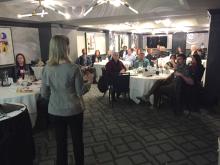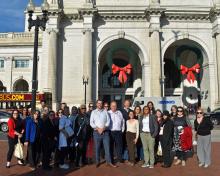WASHINGTON, D.C. – The Advisory Council on Historic Preservation (ACHP) announced today that Jordan Tannenbaum will serve as acting chair. Tannenbaum has been a member of the council since 2016, serving most recently as vice chair.
Tannenbaum assumes the role following the resignation of Sara C. Bronin, who served as chair until December 31, 2024. He will fulfill the chair’s duties until a new chairman is confirmed by the Senate and sworn in.



